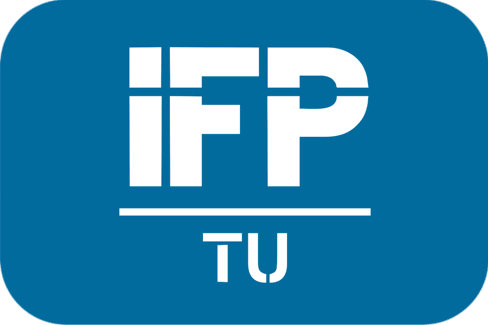 |
Associate Prof. Dr. Andrey Prokofiev Institute of Solid State Physics, Technical University, Vienna, Austria |
 |
 |
|||||||||||
|
ResearchPhysico-chemical aspects of materials science, such as search for new materials, new materials synthesis, crystal structure and microstrucure, solid state chemistry, thermodynamic stability, non-stoichiometry and point defects, relationship composition - physical properties are in focus of research. Another important issue is the development of growth technologies for high quality single crystals of the materials. Materials under studyThe following material classes are in focus of the investigations (largely the materials of the TU Forschungsbereich "Quantum Materials" headed by Prof. Silke Bühler-Paschen): Strongly correlated intermetallic compoundsThe hybridization of the light conduction electrons with the initially localized 4f electrons leads to a metal with a large, strongly renormalized effective carrier mass (heavy-fermion systems). The resulting state could be a heavy-fermion metal or a Kondo insulator, depending on whether the chemical potential lies within or falls between the hybridized bands. Due to the low energy scale of the hybridization effects, the physical properties can change drastically under pressure and magnetic field. They are excellent materials to study quantum phase transitions: the stability of magnetic order can be tuned and fully suppressed by modest variations in pressure, composition, and magnetic fields. In metals anomalies give rise to departures from canonical Landau Fermi liquid behavior to non-Fermi-liquid behavior. Studies on heavy fermion matter enter in the domain of low temperature physics where also defects can completely dominate the propertes. Therefore the heavy fermion physics investigations require crystals of especially high quality. Topological Weyl Kondo semimetalsThe Weyl Kondo semimetals possess bulk excitations in the form of chiral fermions, with massless relativistic dispersions near pairs of nodal points in the momentum space, as well as surface states in the form of Fermi arcs. The Weyl Kondo semimetals are expected to be particularly susceptible to the influence of electron correlations. A special subclass of the latter are Kramers-Weyl Kondo semimetals supposedly realized in strongly correlated intermetallics with chiral structure. Thermoelectric clathratesDue to their unique crystal structure with guest atoms encapsulated in a cage-forming host atom framework, clathrates have high electrical but low thermal conductivity, which makes them attractive candidates for thermoelectric applications. Interesting interaction effects were recently discovered in clathrates. One example is our observation of an enhanced Seebeck coefficient (thermopower) in a clathrate containing the rare earth element cerium; this effect was attributed to a special interaction effect between electrons assisted by guest-atom vibrations [Nat. Mater. 12 (2013) 1096]. The second interaction effect is the interaction between guest-atom oscillations and heat transporting acoustic waves of the host structure. It was discovered recently that the room-temperature thermal conductivity of numerous clathrate single crystals is governed by a characteristic energy of guest-atom vibrations [Nat. Commun. 10 (2019) 887]. The aim is the developing strategies to further reduce this energy and thus further suppress heat conduction. To further investigate these effects, various high-quality single crystals of clathrates are synthesized and investigated. These investigations should usher in new design strategies for improved thermoelectric clathrates. One-dimensional frustrated spin systemsA large number of compounds exist which can be described as one-dimensional spin systems. In 1D spin systems the magnetic coupling is much stronger in one spatial directions than in the remaining two. These are model systems for studying cooperative magnetic phenomena in presence or absence of long-range magnetic ordering. In systems with one-dimensional magnetic interactions, geometrical frustration and small spin (S=1/2, mainly in Cu2+- and V4+-compounds) the macroscopic properties are strongly affected by quantum fluctuations. These effects induce exotic ground states (e.g. spin liquid state). Investigation of one-dimensional geometrically frustrated magnets is not only interesting for basic research, but have also promising perspectives for technologically applications (e.g., novel magnetic refrigerators, multiferroics or ultrafast optical devices). From a chemical point of view, these are mostly ternary transition metal oxides. |